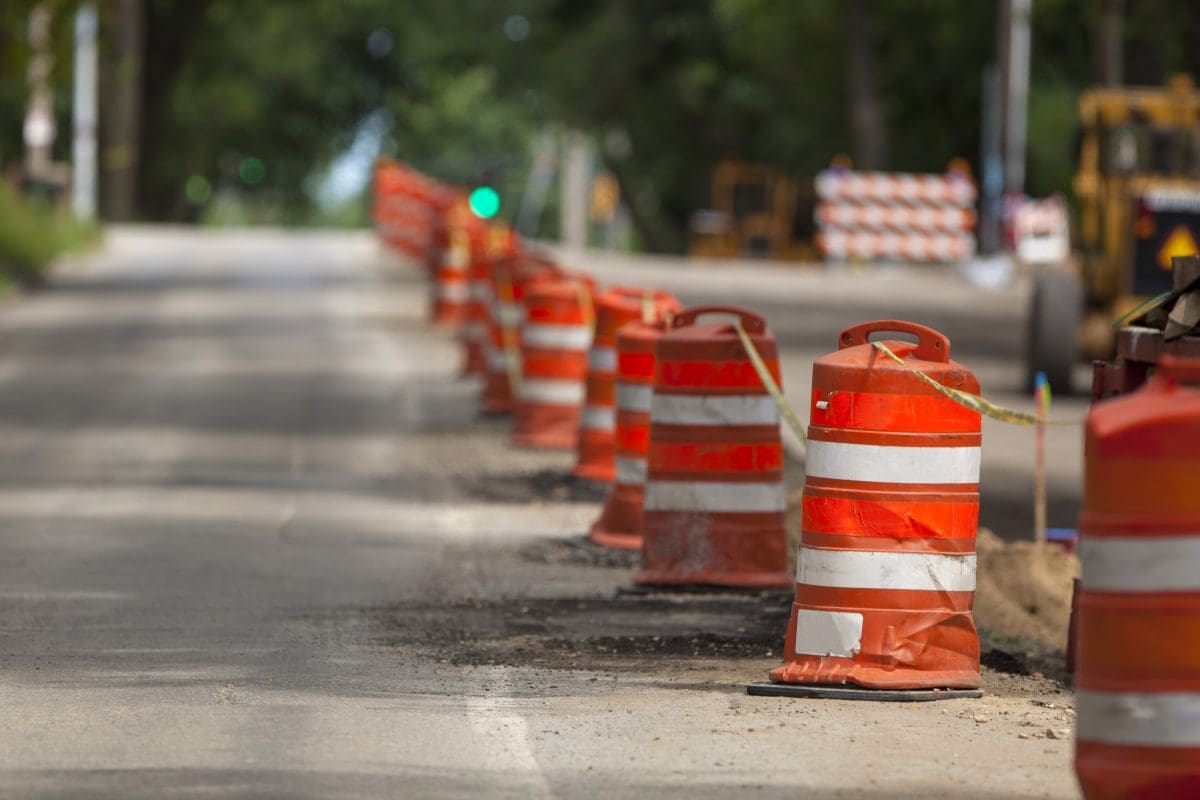
In 2018 the total lost revenue due to traffic congestion was $87 billion, or 97 hours and $1,348 per driver, according to a trucking research company. The financial loss is obvious, but intangibles such as driver frustration, fatigue, dispatch adjustments, and customer disappointment add to the burden. Not surprisingly, those areas with the largest and/or the most choke points tend to be around the nation’s biggest cities.
Routing software can anticipate and adjust for congestion. Planned events such as highway construction, parades, cultural festivals, sporting or entertainment events can be anticipated and added to the delivery model. Slower traffic speeds, even weighted for the time of day, can be built into the software. However, the software cannot anticipate and only react to unplanned events such as vehicular crashes, breakdowns, and debris in travel lanes, which are the most common form of incidents causing traffic slowdowns.
Most causes are short term; however, effects caused by construction zones have a longer duration and can have varied effects, hour to an hour, and even day-to-day. Work and construction-related traffic in the work zone can have effects that change day-to-day.
The bane of drivers is the “work zone,” that place where a bustling four-lane highway whittles down to three (or worse). The old joke says there are only two seasons, winter and road construction, and it’s been estimated that in a typical summer there are more than 6,400 work zones in the United States, covering some 20 percent of the National Highway System.
Modeling and Adjusting to Work Zone Traffic
There are numerous techniques to model traffic flow through and around work zones. There are two basic approaches using either anticipated or assumed factors. An example of anticipated factoring, losing one lane of four represents theoretical 25% drop in capacity. Other models use dynamic factors to estimate flow on route segments over time. This dynamic, iterative process reacting to developing load factors can be effective in calculating delay factors.
The disadvantage of attempting to calculate work zone traffic is that as congestion builds through a work zone, it stresses the matrix around the zone. A reactive routing model can react to the flow around the zone and adjust estimates of delivery times on a route and even change routing to maintain efficiency. This requires communication between dispatch and the delivery vehicle.
Complications can be making a delivery within the work zone, at which time the driver will have to suffer the delays caused by the conditions. However, the routing software can use the conditions to adjust routing.
Conclusion
Traffic congestion can be caused by many factors, identified as planned and unplanned events. Most of these are short duration, usually lasting hours. An exception is construction work zones. Construction can last weeks, months, or in cases of large projects, years. Activities within the zone can variously affect congestion within the zone, as well as daily traffic loads. Routing software and communication systems can help a fleet react to congestion and maintain efficiency.







